Indoor sports have become a favorite choice for fitness enthusiasts, recreational players, and competitive athletes who want to enjoy the thrill of sports without worrying about the weather. Whether you are looking for a way to stay active during rainy days, seeking a fun group activity, or training to improve your skills, the top ten best indoor sports offer a variety of exciting options. From fast paced games that build stamina and coordination to strategic activities that sharpen the mind, indoor sports provide benefits for all ages and skill levels.
Sports such as basketball, badminton, table tennis, squash, volleyball, indoor soccer, and even newer options like rock climbing and indoor cycling bring people together in a safe and controlled environment. Playing indoors also allows for year round consistency in training and performance, making it easier to achieve fitness goals. These activities improve strength, agility, and teamwork while also offering social interaction and stress relief. Whether you enjoy competitive matches or casual play with friends, the best indoor sports deliver an enjoyable way to stay healthy and energized. This list of the top ten indoor sports will guide you to exciting options that match your interest and fitness level while keeping the experience fun and rewarding.
Top Ten Best Indoor Sports For You
10. Bowling
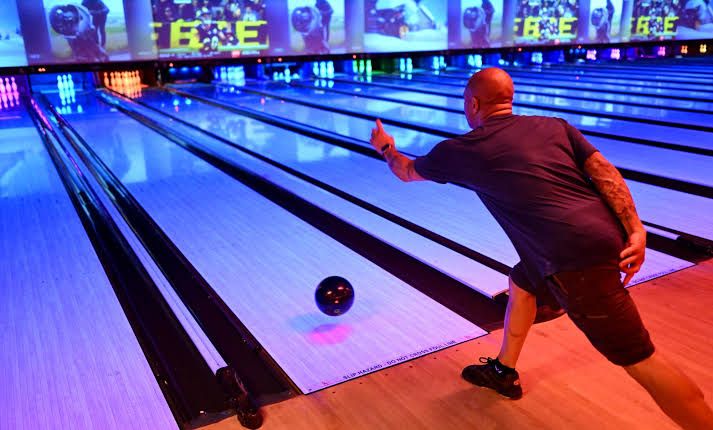
Bowling offers more than simple recreation as it quietly supports strength, coordination, and social connection. Walking the lane while gently swinging a guided ball engages multiple muscle groups from legs and core to shoulders and triceps. In just one hour, you might burn between 150 and 300 calories depending on effort and body weight. The routine bending and stretching required for delivery also improve flexibility and balance which are critical for functional movement.
Physically active yet low impact, bowling is gentle on joints while still offering cardio benefits comparable to walking at a moderate pace. It sharpens hand eye coordination, enhances motor control, and focuses the brain on precise movement and strategy. Repeated engagement with lanes also supports cognitive alertness and problem solving as players fine tune timing and aim.
Beyond health gains, bowling is firmly rooted in connection. Whether in casual groups or league settings, it thrives as a social arena that fosters relationships, eases stress, and boosts mood through friendly shared competition. This balance of physical activity, mental stimulation, and community interaction makes bowling one of the most versatile and rewarding indoor sports for people of all ages.
9. Kabaddi
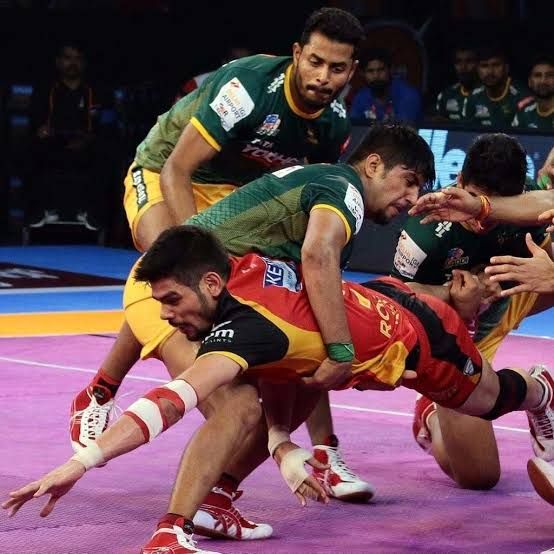
Kabaddi is a high intensity team sport that blends agility, speed, and tactical awareness into a thrilling indoor competition. Originating in South Asia, it has grown into an international game with professional leagues and dedicated indoor arenas. The sport involves two teams taking turns to send a raider into the opposing half to tag players and return to safety before being tackled. This format demands explosive bursts of energy, sharp reflexes, and calculated movement.
One of the unique appeals of kabaddi is its combination of physical power with mental strategy. Raiders must read the defense, control breathing, and plan each step while defenders work together to anticipate moves and coordinate tackles. Playing regularly strengthens muscles, builds cardiovascular endurance, and improves coordination.
As an indoor sport, kabaddi can be played year round without weather interruptions, making it an excellent choice for those who enjoy fast paced action. Its team oriented nature encourages trust, communication, and unity among players. Beyond fitness, it also promotes mental sharpness under pressure. With its growing global recognition, kabaddi has secured a place as one of the most exciting and challenging indoor sports to watch and play.
8. Volleyball (Indoor)
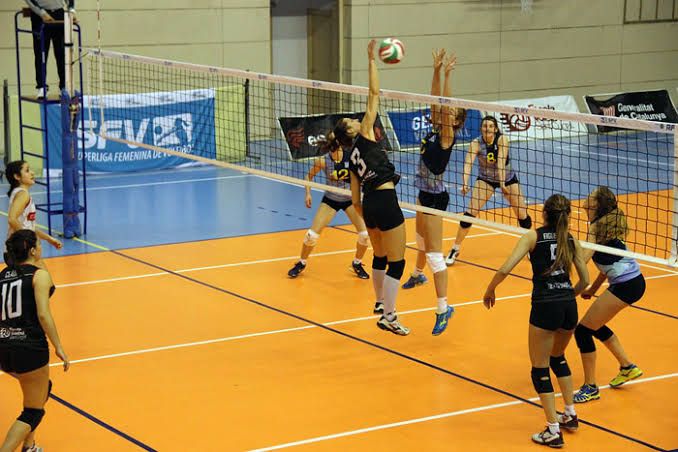
Indoor volleyball is one of the most energetic and team oriented sports played within a controlled environment. It brings together six players per side who work in unison to keep the ball in play and score by grounding it in the opponent’s court. The fast tempo of the game requires quick reflexes, powerful jumps, and sharp coordination. Passing, setting, and spiking demand both individual skill and seamless teamwork.
This sport builds lower body strength through repeated jumping, while upper body muscles benefit from strong swings and defensive blocks. Cardiovascular fitness improves naturally due to the constant movement and short bursts of intense play. Indoor courts allow games to be played in any season without interference from weather conditions, making it a dependable choice for year round activity.
Beyond the physical advantages, indoor volleyball nurtures cooperation and communication. Every point is the result of a chain of actions involving multiple players, reinforcing unity and shared responsibility. For those seeking a balance between athletic challenge and social connection, indoor volleyball delivers excitement, fitness, and a strong sense of camaraderie.
7. Squash
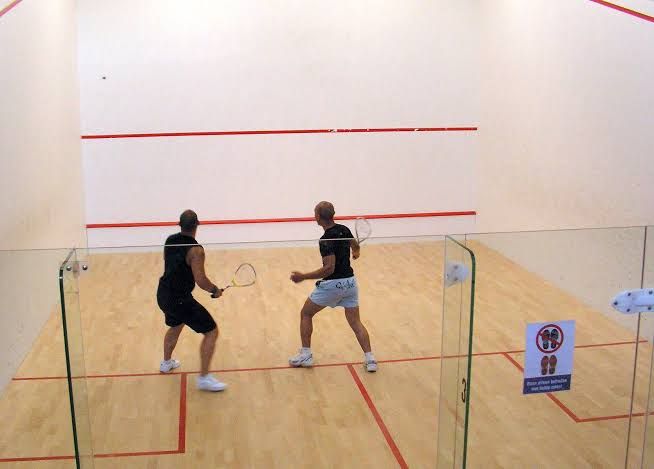
Squash is a high speed racket sport played in an enclosed court, offering a demanding workout in a short time frame. Players hit a small rubber ball against the wall, keeping it in continuous motion while aiming to outmaneuver their opponent. The rapid pace and confined space require quick footwork, precise timing, and tactical shot placement.
This sport is an excellent cardiovascular exercise, improving stamina, agility, and overall conditioning. It also strengthens core and leg muscles through constant lunging and directional changes. The intense rallies sharpen concentration and decision making under pressure, while also boosting hand eye coordination.
Indoor squash courts provide consistent playing conditions, allowing enthusiasts to train or compete without external disruptions. The sport is suitable for both singles and doubles, making it versatile for different preferences. While physically demanding, squash also has a strong mental component, as players must anticipate shots and control the pace of play. For anyone looking for an indoor activity that combines endurance, speed, and strategic depth, squash remains one of the most rewarding options.
6. Badminton
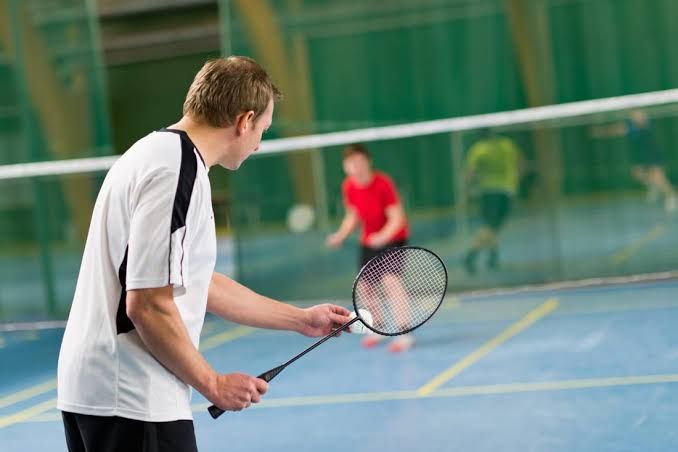
Badminton is a globally loved racket sport that thrives indoors due to its need for controlled conditions. Players use lightweight rackets to hit a shuttlecock over a net, aiming for accuracy, speed, and deceptive placement. The game is played in singles or doubles formats, offering flexibility for different skill levels and group sizes.
This sport enhances cardiovascular fitness through constant movement and quick directional changes. It builds leg strength, improves agility, and develops strong wrist and forearm control for effective shots. Matches require rapid reflexes and tactical awareness, as rallies can change pace within seconds.
The indoor environment ensures that factors like wind do not affect shuttle flight, allowing for precision and consistency. Badminton also promotes mental agility, as players must adapt strategies based on an opponent’s strengths and weaknesses. Its low impact nature makes it suitable for a wide age range, while still delivering a challenging workout for experienced athletes. Badminton stands out as a dynamic sport that blends speed, strategy, and technical skill into an enjoyable indoor activity.
5. Tennis (Indoor)
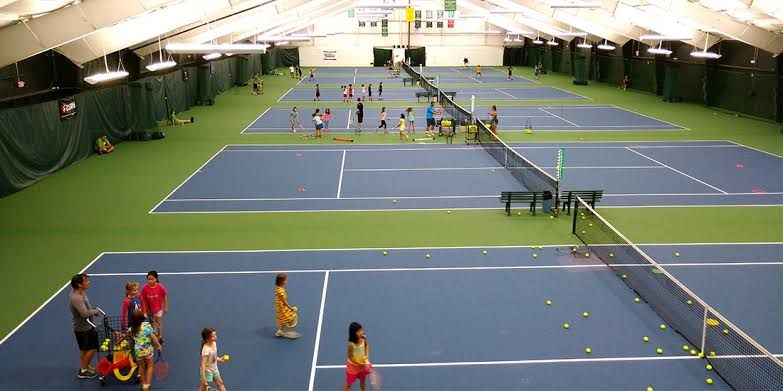
Indoor tennis retains the classic appeal of the sport while removing the unpredictability of outdoor elements. Players rally across the court aiming for precision, power, and tactical advantage. Surfaces in indoor tennis facilities can replicate clay, grass, or hard courts, providing variety for training and competition.
This sport demands a combination of agility, strength, and endurance. Footwork drills, rapid sprints, and controlled strokes all contribute to overall fitness. It builds upper body power through serves and groundstrokes while engaging the core for stability and balance.
Indoor tennis also sharpens mental resilience. Players must manage point pressure, adapt to different playing styles, and maintain focus over extended rallies. The controlled lighting and absence of wind or sun glare make it easier to refine technique. Suitable for both recreational play and competitive matches, indoor tennis offers year round accessibility, skill development, and an excellent full body workout in a professional environment.
4. Indoor Soccer
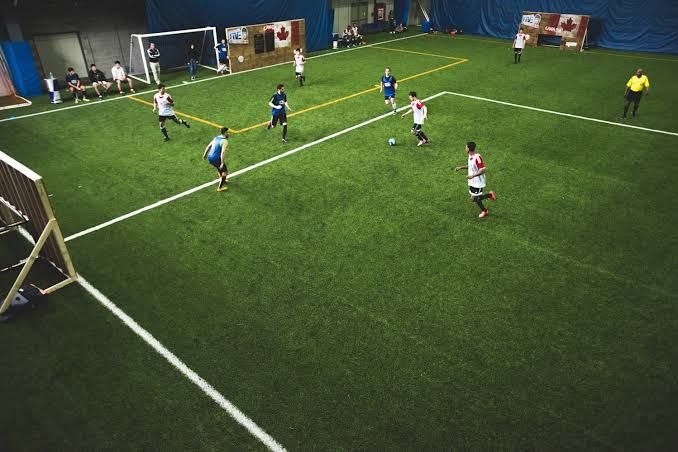
Indoor soccer, often played on artificial turf or specialized flooring, delivers fast paced action in a smaller space than its outdoor counterpart. Teams face constant movement with quick passes, rapid transitions, and frequent goal attempts. This condensed style keeps players engaged and raises the intensity of every match.
The game improves cardiovascular endurance, agility, and coordination while enhancing ball control under tight pressure. Players develop sharper reflexes as the ball rebounds off walls or boundaries, forcing immediate responses. Indoor soccer also boosts teamwork, as close proximity fosters quick communication and synchronized movement.
Unlike outdoor play, matches are unaffected by weather, ensuring consistent scheduling for training and leagues. The smaller team size allows for more touches on the ball and faster skill improvement. For those who enjoy high energy sports with continuous engagement, indoor soccer is an exciting and effective way to stay fit while enjoying the competitive spirit of the game.
3. Table Tennis
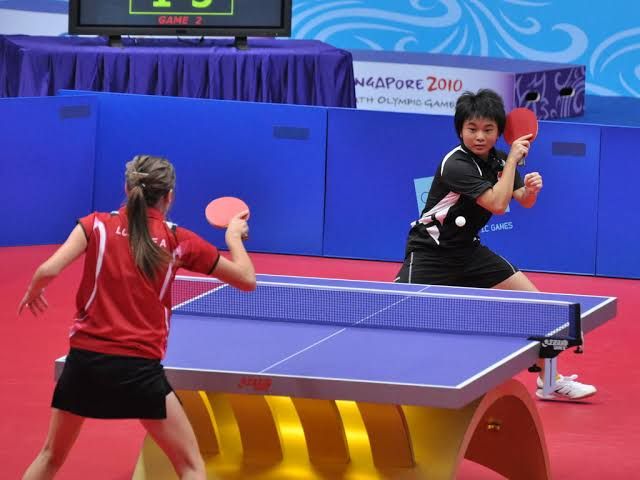
Table tennis, known worldwide for its fast exchanges and precision play, is a compact indoor sport with immense benefits. Using lightweight paddles, players rally a small ball across a table divided by a net, aiming for speed, spin, and placement that challenges their opponent.
This sport improves reflexes, hand eye coordination, and fine motor skills. The short reaction times required enhance mental alertness and decision making. Table tennis also serves as a low impact workout, promoting flexibility and cardiovascular health without excessive strain on joints.
Its indoor setting guarantees consistent conditions, which is essential for competitive matches where spin and trajectory play a decisive role. The game can be played casually for fun or at a high level for competitive advancement. Whether in recreational centers, clubs, or professional tournaments, table tennis combines physical activity with mental challenge, making it an appealing option for players of all ages and abilities.
2. Netball (Indoor)
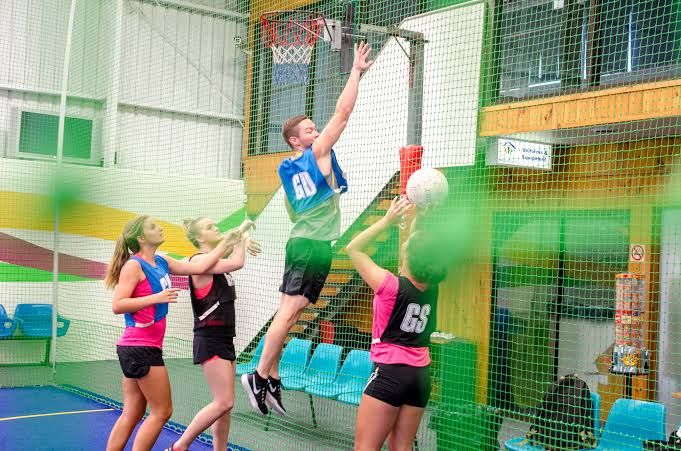
Indoor netball brings a structured and strategic sport into a weather proof setting. Played with seven players on each team, the game focuses on passing, positioning, and accurate shooting rather than dribbling or running with the ball. The objective is to score goals within a set time while preventing the opposing team from doing the same.
This sport develops teamwork, spatial awareness, and communication skills. Physically, it strengthens legs through constant movement and jumping, while also building core stability and upper body coordination for passing and shooting. Netball’s quick transitions require endurance and the ability to make fast decisions under pressure.
The indoor format provides a smooth court surface and clear boundaries, helping maintain a consistent flow of play. Popular in countries such as Australia, New Zealand, and the United Kingdom, netball has a strong community presence through clubs, leagues, and school competitions. It offers a balance between physical challenge, tactical depth, and cooperative play, making it a top choice for those seeking structured indoor sports.
1. Rock Climbing (Indoor)
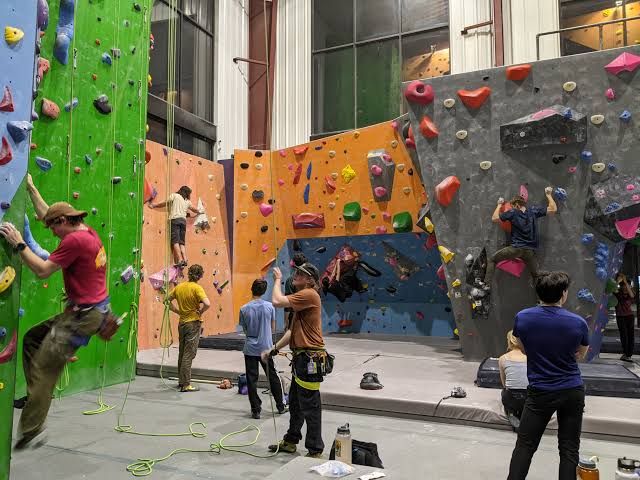
Indoor rock climbing has transformed from a training method for outdoor climbers into a major sport of its own. Purpose built climbing gyms offer walls with varying heights and routes designed for different skill levels. Climbers rely on strength, flexibility, and problem solving to navigate these challenges.
This sport provides a full body workout, engaging arms, shoulders, core, and legs while also improving grip strength and balance. Climbing demands focus and planning, as each route becomes a puzzle that requires both physical and mental solutions. The variety of holds and angles ensures that no two climbs feel the same, keeping the experience fresh and rewarding.
Indoor climbing also fosters a strong sense of community, with climbers often supporting each other through advice and encouragement. It is suitable for individuals of many fitness levels thanks to adjustable difficulty and safety measures such as harnesses and padded flooring. Whether aiming for competitive achievement or personal growth, indoor rock climbing delivers unmatched benefits for body, mind, and social connection.

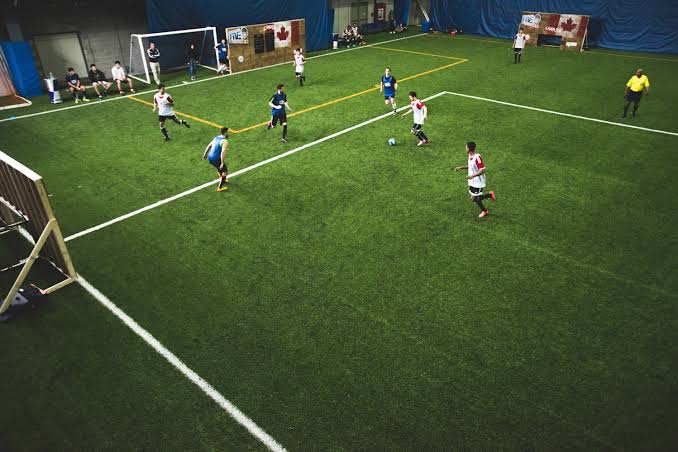
https://shorturl.fm/AKCZN
https://shorturl.fm/Uon4r
https://shorturl.fm/zJ60L
https://shorturl.fm/bl85z
https://shorturl.fm/X8Oev